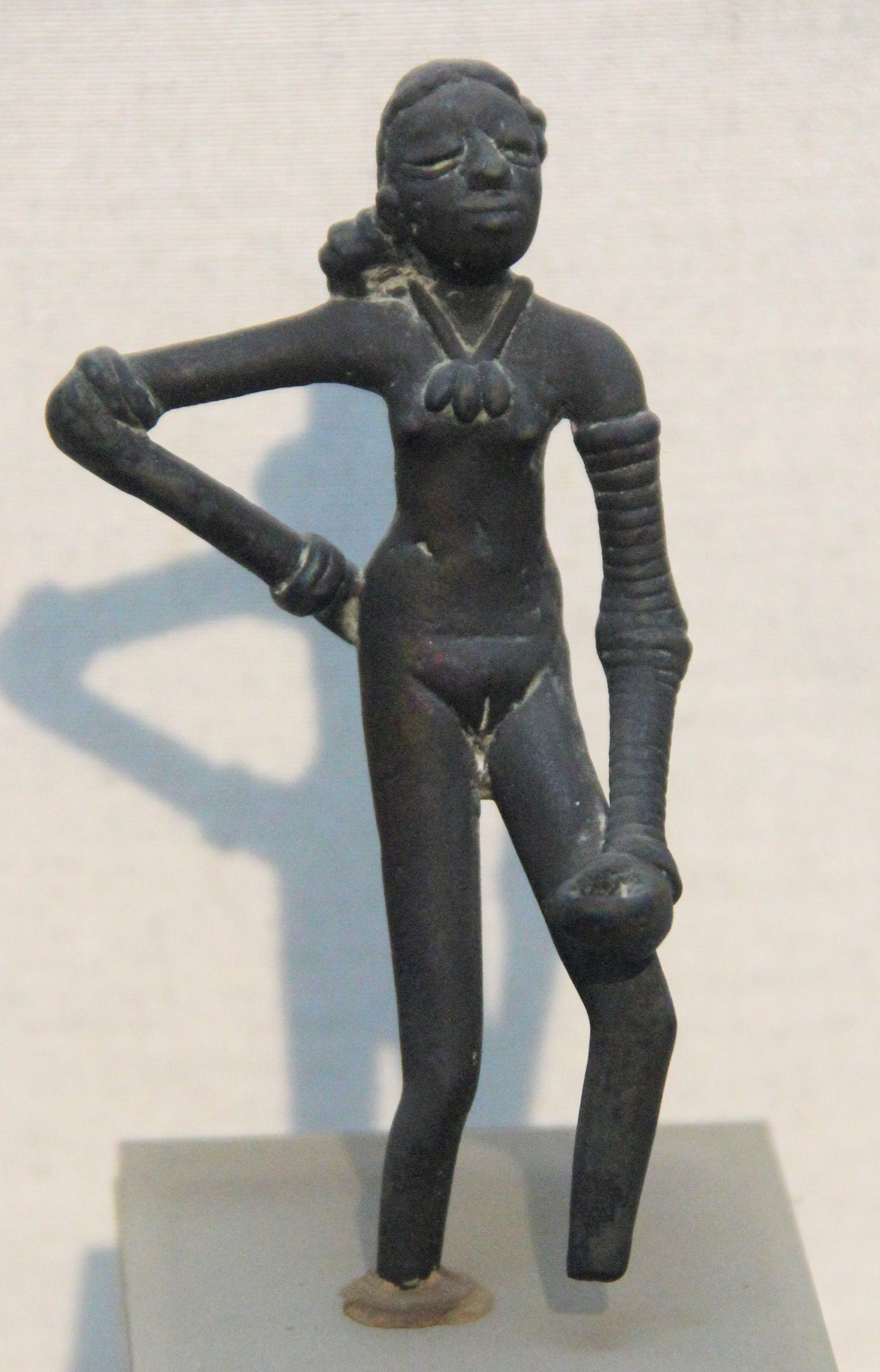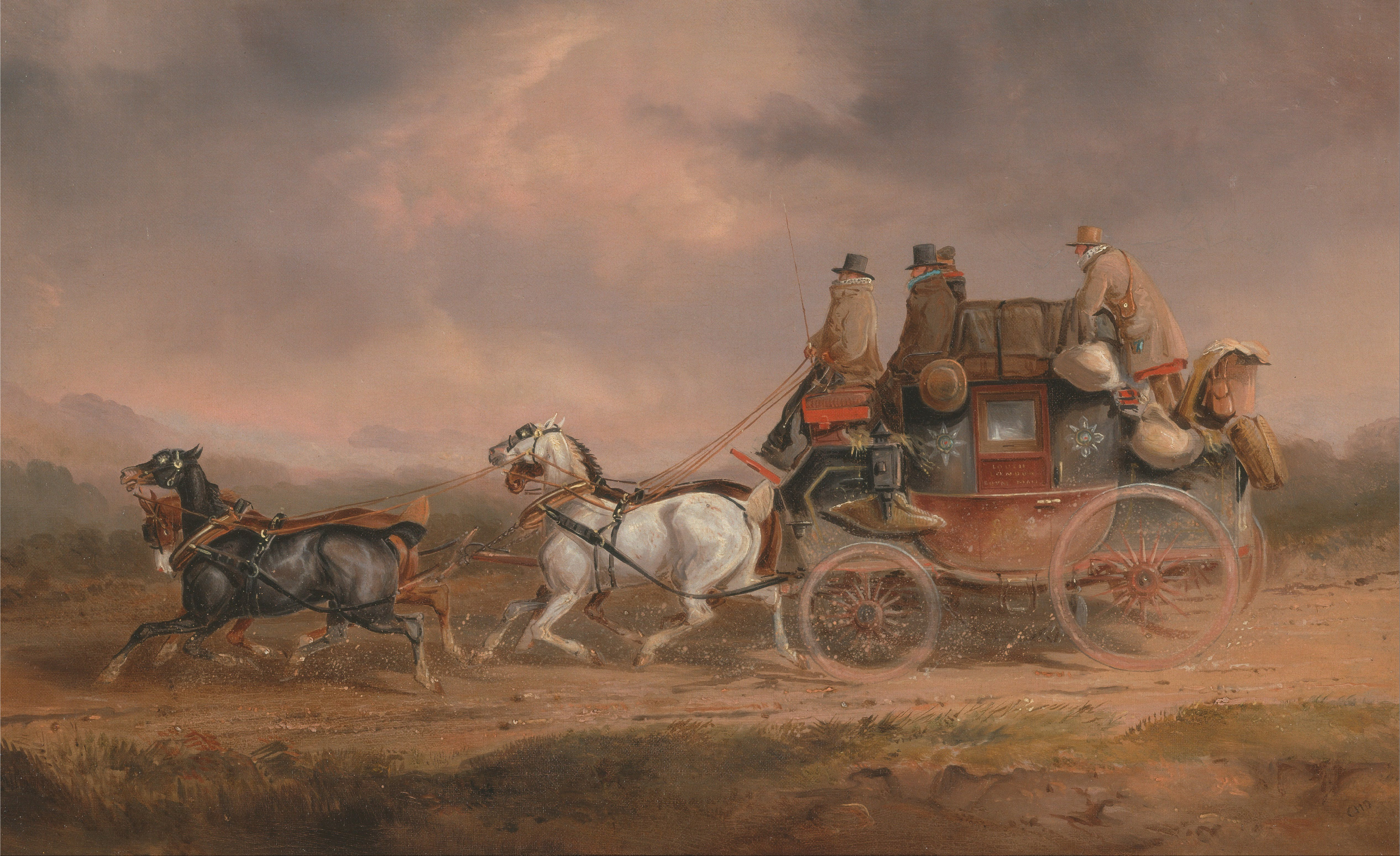|
Star Carr Frontlets
The Star Carr Frontlets (also known as the Star Carr Headdresses) are a series of modified deer skulls, probably worn by people, from the Mesolithic site at Star Carr in North Yorkshire. Discovery The site at Star Carr was first excavated in 1949 by Grahame Clark. He found the first headdresses at this time and their discovery was published in the 1954 monograph ''Excavations At Star Carr: An Early Mesolithic Site at Seamer Near Scarborough, Yorkshire''. A total of 21 headdresses made from red deer skulls were found in this excavation and these were donated to the British Museum, Museum of Archaeology and Anthropology, University of Cambridge, and the Rotunda Museum. A later series of excavations led by Nicky Milner, Chantal Conneller, and Barry Taylor from 2004 to 2010 and then 2013–2015 discovered a further twelve red deer frontlets as well as some roe deer examples. Since the first discoveries at Star Carr, antler frontlets have been found at ten prehistoric sites in north ... [...More Info...] [...Related Items...] OR: [Wikipedia] [Google] [Baidu] |
Mesolithic Deer Skull From Star Carr In The Cambridge University Museum Of Archaeology And Anthropology
The Mesolithic (Ancient Greek language, Greek: μέσος, ''mesos'' 'middle' + λίθος, ''lithos'' 'stone') or Middle Stone Age is the Old World archaeological period between the Upper Paleolithic and the Neolithic. The term Epipaleolithic is often used synonymously, especially for outside northern Europe, and for the corresponding period in Epipaleolithic Near East, the Levant and Epipaleolithic Caucasus, Caucasus. The Mesolithic has different time spans in different parts of Eurasia. It refers to the final period of hunter-gatherer cultures in Europe and the Middle East, between the end of the Last Glacial Maximum and the Neolithic Revolution. In Europe it spans roughly 15,000 to 5,000 Before Present, BP; in the Middle East (the Epipalaeolithic Near East) roughly 20,000 to 10,000 Before Present, BP. The term is less used of areas farther east, and not at all beyond Eurasia and North Africa. The type of culture associated with the Mesolithic varies between areas, b ... [...More Info...] [...Related Items...] OR: [Wikipedia] [Google] [Baidu] |
Aimée Little
Aimée, often unaccented as Aimee, is a feminine given name of French origin, translated as "beloved". The masculine form is Aimé. The English equivalent is Amy. It is also occasionally a surname. It may refer to: Given name Aimée * Aimée Bologne-Lemaire (1904–1998), Belgian feminist, member of the resistance and Walloon activist * Aimée Antoinette Camus (1879–1965), French author * Aimée Castle (born 1978), Canadian actress * Aimée Dalmores (1890–1920), Italian-born American actress * Aimée Delamain (1906–1999), English actress * Aimée du Buc de Rivéry (1776–1817), French heiress, a cousin of Empress Josephine * Aimée Duvivier (1766–?), French painter * Aimée de Heeren (1903–2006), Brazilian socialite * Aimée de Jongh (born 1988), Dutch cartoonist * Aimée Lallement (1898–1988), French activist * Aimée R. Kreimer (born 1975), American cancer epidemiologist * Princess Aimée of Orange-Nassau, van Vollenhoven-Söhngen (born 1977), a prince ... [...More Info...] [...Related Items...] OR: [Wikipedia] [Google] [Baidu] |
Mesolithic Europe
The Mesolithic (Greek: μέσος, ''mesos'' 'middle' + λίθος, ''lithos'' 'stone') or Middle Stone Age is the Old World archaeological period between the Upper Paleolithic and the Neolithic. The term Epipaleolithic is often used synonymously, especially for outside northern Europe, and for the corresponding period in the Levant and Caucasus. The Mesolithic has different time spans in different parts of Eurasia. It refers to the final period of hunter-gatherer cultures in Europe and the Middle East, between the end of the Last Glacial Maximum and the Neolithic Revolution. In Europe it spans roughly 15,000 to 5,000 BP; in the Middle East (the Epipalaeolithic Near East) roughly 20,000 to 10,000 BP. The term is less used of areas farther east, and not at all beyond Eurasia and North Africa. The type of culture associated with the Mesolithic varies between areas, but it is associated with a decline in the group hunting of large animals in favour of a broader hunter- ... [...More Info...] [...Related Items...] OR: [Wikipedia] [Google] [Baidu] |
Archaeological Discoveries In The United Kingdom
Archaeology or archeology is the study of human activity through the recovery and analysis of material culture. The archaeological record consists of artifacts, architecture, biofacts or ecofacts, sites, and cultural landscapes. Archaeology can be considered both a social science and a branch of the humanities. It is usually considered an independent academic discipline, but may also be classified as part of anthropology (in North America – the four-field approach), history or geography. The discipline involves surveying, excavation, and eventually analysis of data collected, to learn more about the past. In broad scope, archaeology relies on cross-disciplinary research. Archaeologists study human prehistory and history, from the development of the first stone tools at Lomekwi in East Africa 3.3 million years ago up until recent decades. Archaeology is distinct from palaeontology, which is the study of fossil remains. Archaeology is particularly important for learni ... [...More Info...] [...Related Items...] OR: [Wikipedia] [Google] [Baidu] |
Collection Of The Yorkshire Museum
Collection or Collections may refer to: Computing * Collection (abstract data type), the abstract concept of collections in computer science * Collection (linking), the act of linkage editing in computing * Garbage collection (computing), automatic memory management method Mathematics * Set (mathematics) * Class (set theory) * Family of sets * Indexed family * Multiset * Parametric family Albums Collection * ''Collection'' (Soccer Mommy album), 2017 * ''Collection'' (2NE1 album), 2012 * ''Collection'' (Agnes album), 2013 * ''Collection'' (Arvingarna album), 2002 * ''Collection'' (Jason Becker album), 2008 * ''Collection'' (Tracy Chapman album), 2001 * ''Collection'' (The Charlatans album) * ''Collection'' (Dave Grusin album), 1989 * ''Collection'' (The Jam album) * ''Collection'' (Wynonna Judd album) * ''Collection'' (Magnus Uggla album), 1985 * ''Collection'' (Men Without Hats album), 1996 * ''Collection'' (MFÖ album), 2003 * ''Collection'' (Mike Oldfield alb ... [...More Info...] [...Related Items...] OR: [Wikipedia] [Google] [Baidu] |
History Of North Yorkshire
North Yorkshire is a Ceremonial counties of England, ceremonial county in Northern England.The Unitary authorities of England, unitary authority areas of City of York, York and North Yorkshire (district), North Yorkshire are in Yorkshire and the Humber, and Borough of Middlesbrough, Middlesbrough, Redcar and Cleveland, and Stockton-on-Tees Borough Council, Stockton-on-Tees are in North East England. It borders County Durham to the north, the North Sea to the east, the East Riding of Yorkshire to the south-east, South Yorkshire to the south, West Yorkshire to the south-west, and Cumbria and Lancashire to the west. The county is the largest in England by land area, at , and had a population of 1,158,816 in 2021. The largest settlements are Middlesbrough (148,215) in the north-east and the city of York (141,685) in the south. Middlesbrough is part of the Teesside built-up area, which extends into County Durham and had a total population of 376,663 in 2011. The remainder of the cou ... [...More Info...] [...Related Items...] OR: [Wikipedia] [Google] [Baidu] |
Prehistoric Art
In the history of art, prehistoric art is all art produced in preliterate, Prehistory, prehistorical cultures beginning somewhere in very late geological history, and generally continuing until that culture either develops writing or other methods of record-keeping, or makes significant contact with another culture that has, and that makes some record of major historical events. At this point ancient art begins, for the older literate cultures. The end-date for what is covered by the term thus varies greatly between different parts of the world. The earliest human artifacts showing evidence of workmanship with an artistic purpose are the subject of some debate. It is clear that such workmanship existed 40,000 years ago in the Upper Paleolithic era, although it is quite possible that it began earlier. In September 2018, scientists reported the discovery of the earliest known drawing by ''Homo sapiens'', which is estimated to be 73,000 years old, much earlier than the 43,000 year ... [...More Info...] [...Related Items...] OR: [Wikipedia] [Google] [Baidu] |
Royal Mail
Royal Mail Group Limited, trading as Royal Mail, is a British postal service and courier company. It is owned by International Distribution Services. It operates the brands Royal Mail (letters and parcels) and Parcelforce Worldwide (parcels). Formed in 2001, the company used the name Consignia for a brief period but changed it soon afterwards. Prior to this date, Royal Mail and Parcelforce were (along with Post Office Counters Ltd) part of the Post Office, a UK state-owned enterprise the history of which is summarised below. Long before it came to be a company name, the 'Royal Mail' brand had been used by the General Post Office to identify its distribution network (which over the centuries included horse-drawn mail coaches, horse carts and hand carts, ships, trains, vans, motorcycle combinations and aircraft). The company provides mail collection and delivery services throughout the UK. Letters and parcels are deposited in post or parcel boxes, or are collected in bul ... [...More Info...] [...Related Items...] OR: [Wikipedia] [Google] [Baidu] |
Yorkshire Museum
The Yorkshire Museum is a museum in York, England. It was opened in 1830, and has five permanent collections, covering biology, geology, archaeology, numismatics and astronomy. History The museum was founded by the Yorkshire Philosophical Society (YPS) to accommodate their geological and archaeological collections, and was originally housed in Ousegate, York, until the site became too small. In 1828, the society received by royal grant, of land formerly belonging to St Mary's Abbey, York, St Mary's Abbey for the purposes of building a new museum. The main building of the museum is called the Yorkshire Museum; it was designed by William Wilkins (architect), William Wilkins in a Greek Revival style and is a Grade I listed building. It was officially opened in February 1830, which makes it one of the longest established museums in England. A condition of the royal grant was that the land surrounding the museum building should be a botanic gardens and one was created in the 1830s. ... [...More Info...] [...Related Items...] OR: [Wikipedia] [Google] [Baidu] |
Mesolithic
The Mesolithic (Ancient Greek language, Greek: μέσος, ''mesos'' 'middle' + λίθος, ''lithos'' 'stone') or Middle Stone Age is the Old World archaeological period between the Upper Paleolithic and the Neolithic. The term Epipaleolithic is often used synonymously, especially for outside northern Europe, and for the corresponding period in Epipaleolithic Near East, the Levant and Epipaleolithic Caucasus, Caucasus. The Mesolithic has different time spans in different parts of Eurasia. It refers to the final period of hunter-gatherer cultures in Europe and the Middle East, between the end of the Last Glacial Maximum and the Neolithic Revolution. In Europe it spans roughly 15,000 to 5,000 Before Present, BP; in the Middle East (the Epipalaeolithic Near East) roughly 20,000 to 10,000 Before Present, BP. The term is less used of areas farther east, and not at all beyond Eurasia and North Africa. The type of culture associated with the Mesolithic varies between areas, b ... [...More Info...] [...Related Items...] OR: [Wikipedia] [Google] [Baidu] |
Chantal Conneller
Chantal Conneller (b.1973) is an archaeologist and Professor of Early Prehistory at the University of Newcastle. Biography Conneller has a BA and a PhD from the University of Cambridge. Her 2002 PhD thesis was titled "Space, time and technology: the Early Mesolithic of the Vale of Pickering, North Yorkshire". Conneller was lecturer in Prehistoric Archaeology at Bangor University in 2005 before taking up a position as senior lecturer later that year at the University of Manchester. Conneller became Professor of Early Prehistory at the University of Newcastle in 2018. Conneller was elected as a Fellow of the Society of Antiquaries of London on 10 October 2016. Conneller's research focusses on the Mesolithic period. She has excavated at various Mesolithic settlements in Britain, including in the Vale of Pickering and at Star Carr Star Carr is a Mesolithic archaeological site in North Yorkshire, England. It is around five miles () south of Scarborough. It is generally regarded ... [...More Info...] [...Related Items...] OR: [Wikipedia] [Google] [Baidu] |







